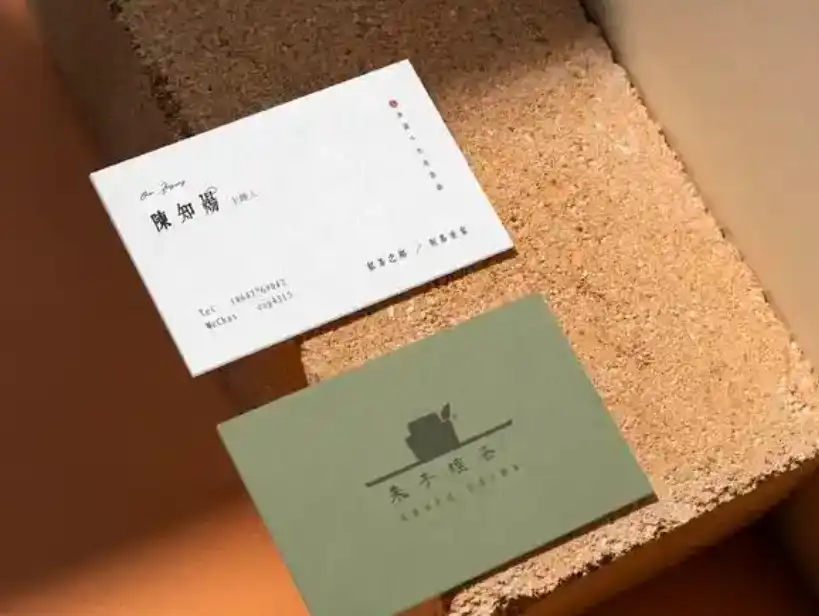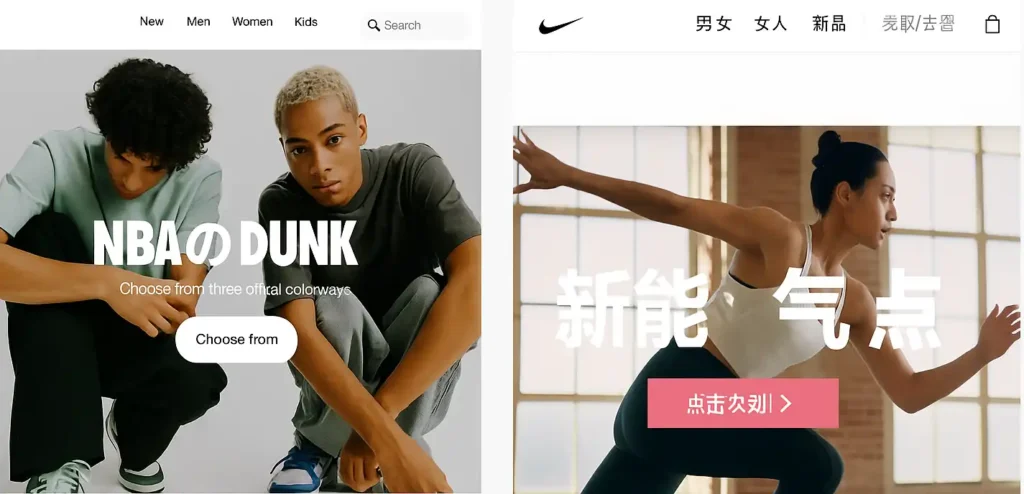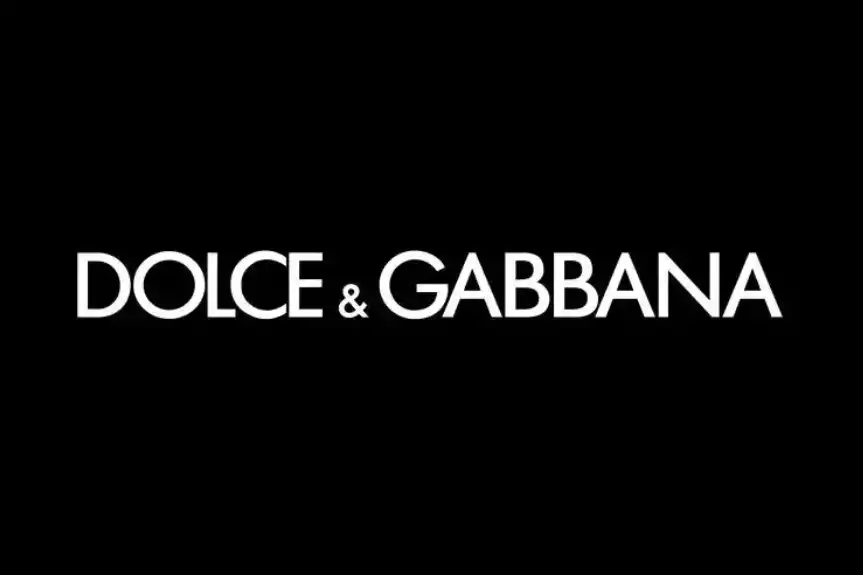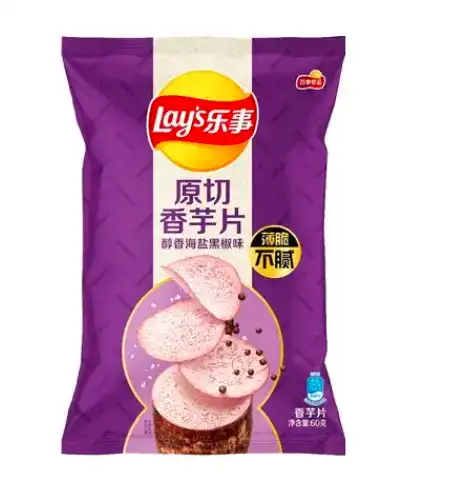Trying to reach a Chinese audience? Learn the key differences between translation, localization, and transliteration—and discover when to use each for websites, print materials, or brand names to connect more effectively and boost your success in China.
How to maximize Chinese translation services?
Translation can be maximized in both print advertisements and online activities. Content translation from Chinese to English is a valuable long-term investment if you’re targeting Chinese customers.
Print Advertisements and Publications
Translation applies to a wide range of documents, including manuals, brochures, flyers, and more. Given that China had over 1.1 billion internet users by December 2024, with an internet penetration rate of 78.6%
investing in Chinese translation services can significantly enhance your online presence.
Websites and Web Pages
Translating a website involves extracting all text from web pages, such as the About Us page, product information, blogs, and details related to shipping policies and terms and conditions. This is common among startups and small business owners seeking a Chinese version of their site. You can use Simplified Chinese or Traditional Chinese, depending on the regions you want to target.
Printed Materials
For printed materials like technical documents, manuals, magazines, and legal documents, both translation and transcreation processes may be involved. Industries such as engineering, legal, healthcare, and manufacturing can benefit from pricing plans for repetitive documents, utilizing Computer-Assisted Translation (CAT) tools to save costs.
In the fashion and retail industries, transcreation may be required to adapt the creative writing style from the source language to Chinese.
Legal documents are highly sensitive and should be handled by professional legal translators knowledgeable about Chinese laws and policies, as well as those of the original language. For instance, English terms in the U.S. differ from those in the U.K. and Australia.
By carefully considering these factors, you can effectively maximize the impact of translation services in both print and online mediums, ensuring clear and culturally appropriate communication with your Chinese audience.
What’s the best practice for Chinese localization?
Localization touches the culture and the heart of the audience. Translation includes the communication process – the language – where the texts are converted so that the target audience can understand the message. Simply put, it’s making your brand, product, or website adaptable to the market and culture.
Localization humanizes the work itself, which covers the appropriate color, layout, design, pay mentmethod, website codes and strings, and even the workflow.
Localization isn’t just writing or speaking the language of your target audience. You are writing and speaking like a local.
Online activities and digital marketing
Localization goes beyond mere translation by adapting various elements of your content to resonate with the target audience’s cultural preferences and expectations. This process ensures that your brand communicates effectively and authentically in different markets.
Website Localization
When localizing a website for the Chinese market, it’s essential to adjust not only the language but also visual and functional elements to align with local preferences. This includes modifying colors, layouts, and designs to enhance relevance and appeal. For instance, Nike’s localized websites demonstrate significant differences tailored to regional audiences. The Chinese version may feature distinct imagery, layouts, and focal points compared to its international counterparts, reflecting local tastes and cultural nuances.
Additionally, optimizing your website for Baidu, China’s leading search engine, is crucial. This involves implementing SEO strategies that comply with Baidu’s best practices, such as conducting thorough keyword research, defining meta descriptions and tags, and creating relevant content tailored for Chinese users. Utilizing tools like Baidu Webmaster Tools can further enhance your site’s visibility and performance in search results.
Integrating local payment methods like Alipay and WeChat Pay is also vital, as it aligns with the payment preferences of Chinese consumers and enhances the overall user experience.
Digital Marketing and Social Media
Beyond website localization, adapting your digital marketing efforts is essential. This includes localizing marketing campaigns, online catalogs, and mobile applications to provide an immersive and culturally relevant digital experience. Given that platforms like Facebook, YouTube, and Twitter are restricted in China, leveraging local social media channels such as WeChat is imperative. Maximizing WeChat’s features can significantly boost your online presence and engagement with Chinese consumers.
By embracing comprehensive localization strategies, businesses can effectively connect with Chinese audiences, fostering brand loyalty and driving success in the market.
Printed-ads and publications
Localization is also applicable to printed-ads and publications. While we all know that digital marketing is the most effective way to sell and promote brands and products, you can still use the traditional publications such as brochures, flyers, and even business cards that feature Chinese elements on the design and layout.
If you’re in the e-learning or education industries, printed courses and modules can also be localized for your students. In this way, it will also be easier for them to learn and adapt to your courses.

Business cards in Chinese are the perfect giveaways to your clients. Localizing the design, name, and job title can be done on-print, one English version, and at the back, the Chinese version, including your Chinese name. Creating a Chinese name is part of the next approach, which is the transliteration.
When should you use Chinese transliteration?

Transliteration makes a language accessible to those people who are not familiar with how it’s spoken or read. It focuses more on how it is pronounced rather than meaning, which is useful when you talk about business names, foreign people, and culture.
Transliteration often includes names, taglines, and brand names. In reality, the meaning of each character isn’t essential, neither one is connected to the other character. The goal is to simply make the name “accessible” to the locals, which they can easily pronounce.
Keep in mind that there are different ways to transliterate a name in Chinese. And it’s ideal if the one transliterating it is a native Chinese to make sure that the words and characters used aren’t offensive to the locals.
In a nutshell, transliteration isn’t rendering or translating the English words to Chinese. It’s only providing a new format.
How useful is transliteration in your business?
Remember, transliteration focuses on pronunciation rather than meaning. And it’s a coincidence, too, that coke is tasty, right? But not funny.

Dolce and Gabbana’s transliterated name in Chinese “杜嘉班纳 Dujiabanna.”
Instead of translating the brand name literally, the translator will rely on phonetic elements from the English words and recreate the sound in Chinese without altering its meaning. Moreover, the translators should avoid rendering the name that might sound awkward to the target audience.
A professional Chinese translator that has transliteration skills can be creative and use wordplay or sound choices (just like Coca-Cola) to evoke meaning or qualities of the brand to the Chinese audience.
Global brands will find transliteration much valuable when they expand to markets that don’t use non-Latin alphabets. China, Japan, Korea, Russia are good examples. BMW, for instance, transliterated its brand name in Chinese as “宝马,” which means precious horse or treasure horse.
What are the benefits of transliteration for business?
The process and strategy behind transliteration may be confusing to some. There are no established rules when transliterating a foreign name into a Latin-based alphabet. But transliteration can do wonders for your business, too.

Brand awareness
To have transliterated names and taglines will contribute to brand awareness among your target audience. The skillful your translator is when it comes to names and transliterations, the more your target audience will remember your brand. Pronunciation is the key to making a first impression, long-lasting.
Easy to search
Most Chinese shoppers use the internet to search for brand names and products. If you have transliterated names, including products, it’s easier for shoppers and customers to find you online, whether on Baidu, other search engine platforms, or social media channels.
The Chinese language can be a bit complex when choosing a proper name for brands and taglines. If it sounds relevant and natural to your target audience, it’s more likely they will remember it.
It’s best to work with professional translators who know these approaches – translation, localization, and transliteration – and when to use them.
